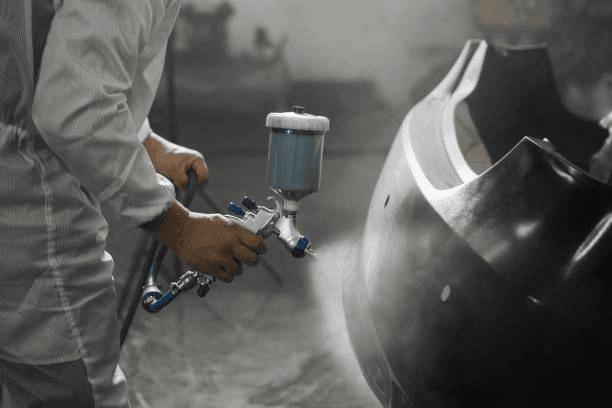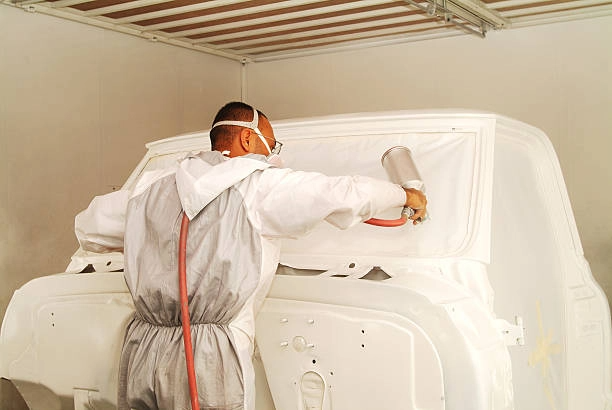Understanding the Function of Base Layers in Coating Processes
In the world of powder coating, achieving a durable and high-quality finish involves more than just applying multiple layers of paint. It requires the careful preparation and application of base layers to ensure adhesion and longevity. This is where the process of applying base coats becomes crucial. By laying down an initial layer, you create a foundation that helps subsequent coatings adhere better and enhance their performance. Understanding how this impacts multi coat applications can help you achieve superior results.

Enhancing Adhesion and Durability
One of the primary roles of priming is to enhance the adhesion between the substrate and the topcoat. Without a proper base layer, the powder coating might not bond as well, leading to peeling or chipping over time. A good primer ensures that each layer sticks well, increasing the durability of the final finish. This means less maintenance and longer-lasting protection for your products.
Addressing Surface Imperfections
Applying a base coat also serves another critical function: addressing surface imperfections. Surfaces often have tiny blemishes or inconsistencies that, if left untreated, can affect the overall appearance and quality of the finish. The role of priming here is to fill in these gaps and create a smoother surface for subsequent layers. This leads to a more even distribution of the powder coat, contributing to a flawless finish.
Protecting Against Corrosion
Corrosion is a common challenge in many industrial applications. By incorporating a suitable base layer, you add an extra line of defense against environmental factors that can cause rust or degradation. Different primers are designed to provide specific protective qualities, such as resistance to moisture or chemicals, further prolonging the life of coated products.
The Process of Applying Base Layers
To effectively apply a base coat, follow these steps:
• Clean the surface thoroughly to remove any dirt or contaminants.
• Select a compatible primer based on the material and intended use.
• Apply the primer evenly across the surface using appropriate equipment.
• Allow sufficient drying time before applying additional layers.
• Inspect the primed surface for consistency and coverage.
Choosing the Right Primer
Selecting the right type of base coat is essential for success. Considerations include the material of the substrate, environmental conditions, and desired properties of the final product. For instance, metal surfaces may require different primers than wood or plastic. Consult industry guidelines and standards to make informed choices that suit your specific needs.

Common Mistakes to Avoid
Avoid these pitfalls when working with base layers:
• Skipping surface preparation can lead to poor adhesion.
• Using incompatible primers may result in chemical reactions.
• Applying too thick a layer might cause uneven curing.
• Ineffective drying times can compromise the integrity of subsequent coats.
Implementing Best Practices for Optimal Results
Employ these best practices for successful powder coating:
1. Always follow manufacturer instructions for products used.
2. Conduct thorough testing on sample materials before full-scale applications.
3. Regularly maintain equipment to ensure consistent application.
4. Stay informed about new technologies and methods in powder coating.
Your Next Steps With Expert Support
If you’re looking to elevate your coating projects, understanding the role of base layers is vital. For expert guidance tailored to your specific requirements, reach out today at (281) 454-3998. Located in Rosharon, TX, I offer specialized services through Houston Hydrochrome to help you achieve exceptional results.


